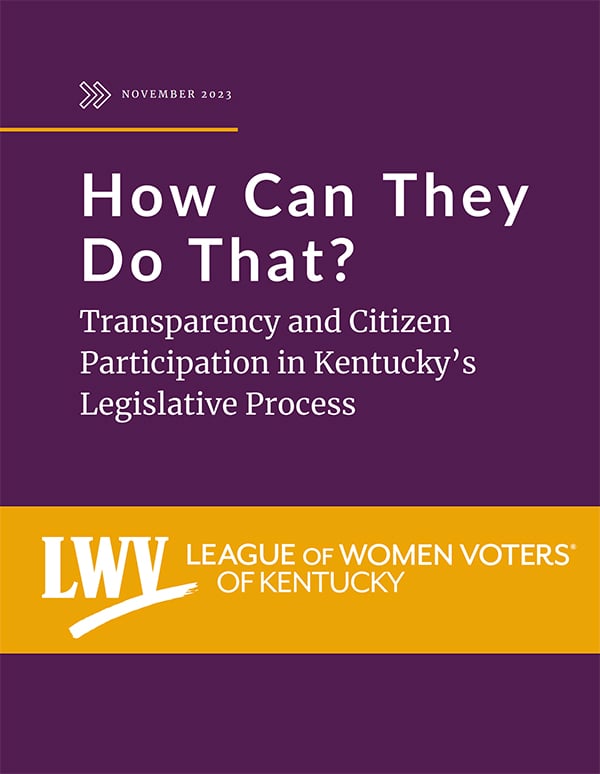With the unofficial end to the summer travel season only a few weeks away, Kentuckians saw gas prices drop back down in the past week, landing at $2.88, after experiencing a series of fluctuations at the pump over the summer months. Kentucky’s average peaked in early August at $2.96, while hitting as high as $2.94 multiple times over the summer months.
The national gas price average returned to $3.16 after a few dips in the past week. With peak hurricane season around the corner, the potential for storms affecting gas production and distribution needs to stay on the radar.

“Peak hurricane season is certainly something to watch. The good news is that crude oil prices have continued to show stability. Currently, there’s no indication gas prices will take any drastic turns,” says Lori Weaver Hawkins, public affairs manager, AAA Blue Grass. “But while we can say there isn’t anything currently pointing to a rise in gas prices, that can change quickly due to geopolitical situations and other factors, as we’ve seen.”
Gas price average for Kentucky at $2.88 is down 8 cents on the week, now at the same price as a month ago. The price is 30 cents lower than a year ago. Lexington’s average price for a gallon of regular is now at $2.92, plummeting 19 cents in the past week.
The highest gas price average by Kentucky county can be found in Pendleton County at $3.18, while Simpson County again has the lowest average this week, now at $2.57.

The national average of $3.16 is steady on the week but up a penny from a month ago. The national average is now 28 cents lower than one year ago.
According to new data from the Energy Information Administration (EIA), gasoline demand decreased from 9.04 million b/d last week to 9 million. Total domestic gasoline supply decreased from 227.1 million barrels to 226.3. Gasoline production increased last week, averaging 9.8 million barrels per day.
At the close of Wednesday’s formal trading session, WTI fell 52 cents to settle at $62.65 a barrel. The EIA reports crude oil inventories increased by 3 million barrels from the previous week. At 426.7 million barrels, U.S. crude oil inventories are about 6% below the five-year average for this time of year.
The national average per kilowatt hour of electricity at a public EV charging station stayed the same this past week at 36 cents.
The nation’s top 10 most expensive gasoline markets are California ($4.49), Hawaii ($4.46), Washington ($4.40), Oregon ($3.99), Alaska ($3.76), Nevada ($3.73), Idaho ($3.52), Illinois ($3.43), Utah ($3.37), and Washington, DC ($3.31).
The nation’s top 10 least expensive gasoline markets are Mississippi ($2.70), Oklahoma ($2.72), Tennessee ($2.75), Louisiana ($2.76), Arkansas ($2.76), Texas ($2.78), Alabama ($2.78), South Carolina ($2.79), Missouri ($2.84), and Kansas ($2.84).
The nation’s top 10 most expensive states for public charging per kilowatt hour are Alaska (51 cents), West Virginia (49 cents), Hawaii (46 cents), Tennessee (46 cents), South Carolina (44 cents), New Hampshire (43 cents), Montana (43 cents), Alabama (42 cents), Arkansas (42 cents), and Kentucky (42 cents).
The nation’s top 10 least expensive states for public charging per kilowatt hour are Kansas (25 cents), Missouri (27 cents), Maryland (28 cents), Utah (28 cents), Nebraska (29 cents), Delaware (31 cents), Vermont (32 cents), North Carolina (33 cents), Colorado (33 cents), and Washington, DC (34 cents).
Gas-saving tips
Get your vehicle checked out. Perform regular car maintenance at the intervals recommended by the vehicle manufacturer in the owner’s manual or as indicated by the in-car maintenance reminder system. If you have an aging battery, be sure to have it tested before heading out on a trip, especially important due to this summer’s extreme heat. Find a AAA Approved Auto Repair Facility here.
Keep tires properly inflated. Under-inflated tires can decrease your gas mileage by approximately 3%. They also increase the potential for a blowout. Properly inflated tires are safer and last longer. Check pressure in all four tires every two weeks with an accurate, hand-held air pressure gauge.
Know your octane. Do not purchase mid-grade or premium gasoline unless your owner’s manual specifically recommends it. According to AAA research, Americans waste more than $2.1 billion annually on premium gas in vehicles designed to run on regular fuel. AAA found no benefit to using premium gas instead of regular-grade fuel. At the time of the study, 70% of U.S. drivers owned a vehicle that required only regular gasoline.
Avoid idling. Idling gets zero miles per gallon. Letting your vehicle idle for more than 10 seconds uses more gas than shutting it off and restarting. Don’t start your car until you are ready to go. The engine actually warms up more quickly once the car is operating, and will stay warm after stopping. Avoid drive-up windows. Park and go inside instead.
Observe the speed limit. Gas mileage decreases rapidly at speeds above 60 mph. Each 5 mph you drive over 60 mph is like paying an additional $0.15 per gallon of gas. Using cruise control on the highway helps you maintain a constant speed and, in most cases, will save gas.
Drive sensibly. Aggressive driving (speeding, rapid acceleration and braking) wastes gas. It can lower your gas mileage by 33 percent at highway speeds and by 5 percent around town.
Plan your trip. Carefully planning out your road trip can save you time and money. AAA offers a multitude of AAA road trip planning resources. With a little planning, you can avoid retracing your route and reduce the distance you travel as well. You’ll not only save fuel, but also reduce wear and tear on your car.
Minimize drag. Drag reduces fuel efficiency. Driving with the windows open, using roof- or rear-mounted racks and carrying heavy loads increase vehicle drag. A roof rack or carrier provides additional cargo space and may allow you to meet your needs in a smaller, more fuel-efficient car. However, a loaded roof rack can decrease your fuel economy by 5 percent. Reduce aerodynamic drag and improve your fuel economy by using a removable rack and placing items inside the trunk whenever possible. Avoid carrying unnecessary items, especially heavy ones. An extra 100 pounds in the trunk reduces a typical car’s fuel economy by 1-2%.
AAA Blue Grass





















